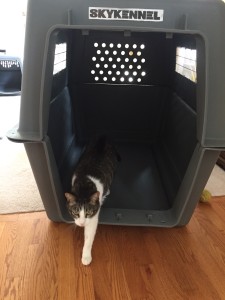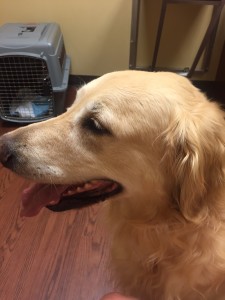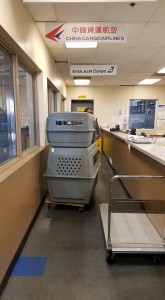 Somehow, today I turned 40. I don’t know what I was expecting. I don’t feel 40, but what does 40 even feel like? When you’re a child, you think people who are 40 must be old and grown up. I don’t feel old or grown up.
Somehow, today I turned 40. I don’t know what I was expecting. I don’t feel 40, but what does 40 even feel like? When you’re a child, you think people who are 40 must be old and grown up. I don’t feel old or grown up.
On the other hand, I do feel like I’ve had more than my share of amazing experiences in 40 years. Sometimes though, I feel like an 18 year old who has just had an extra 22 years of life experience. Although my hair is changing from brown to gray, a few fine lines are appearing around my eyes and forehead, and my joints sometimes feel a little sore, I still don’t feel old. (Maybe the joints shouldn’t count since I had broke an elbow twice and had two knee surgeries before I was 18 – not to mention countless sprained ankles!) Maybe our spirit never feels old. Perhaps it’s just our earthly bodies that slowly wear out (not that mine feels very worn out, either).
I also never could have imagined I would spend my 40th birthday celebrating in England because I live here. It’s been a little difficult being so far away from the rest of my family. Last year, I spent my birthday hanging out with my sister and a lovely evening meal with my parents, sister, brother-in-law, and nephews. Although my husband was far away in England. This year, I’m the one far away from them but here with my husband.
I thought I wanted/needed to do something big and spectacular for my birthday, but I couldn’t figure out what. Yesterday, we went to the White Cliffs of Dover chasing the sun expecting today to be cloudy and wet.
But today ended up beautiful and sunny and I spent a blissful day in England from church to brunch to Stowe Landscape Gardens with my husband and dog, ending with a lovely meal at Jamie’s Italian. It was lovely; a great way to spend a birthday weekend. Maybe it wasn’t big and spectacular, but it was a beautiful day.
And so now I am 40. I can’t wait to see where the adventure of life takes me next!
















